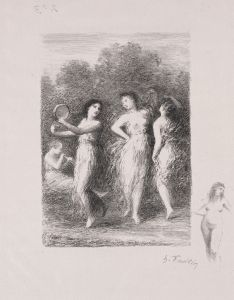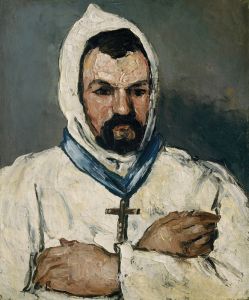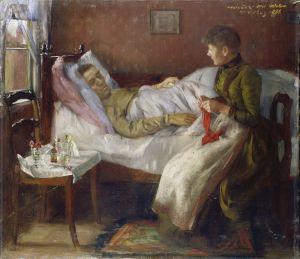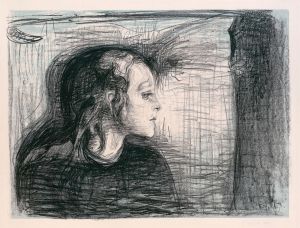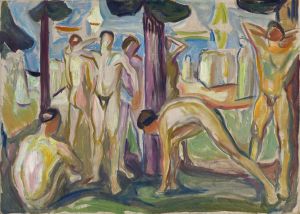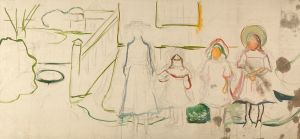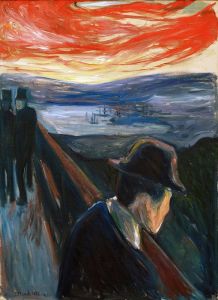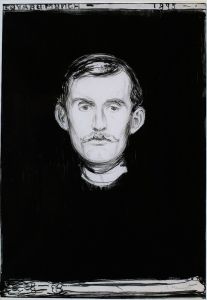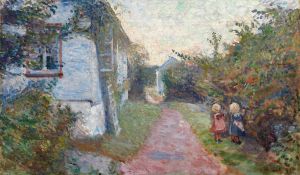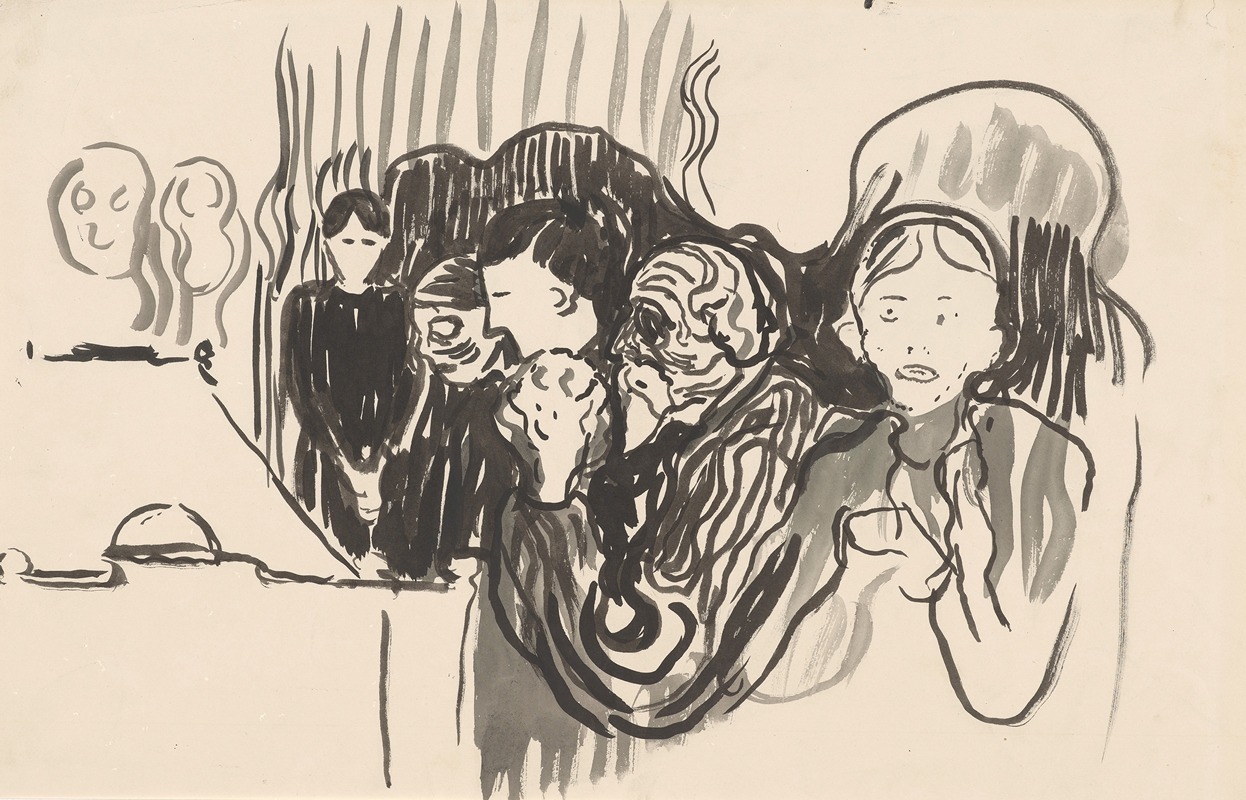
By the Deathbed. Fever
A hand-painted replica of Edvard Munch’s masterpiece By the Deathbed. Fever, meticulously crafted by professional artists to capture the true essence of the original. Each piece is created with museum-quality canvas and rare mineral pigments, carefully painted by experienced artists with delicate brushstrokes and rich, layered colors to perfectly recreate the texture of the original artwork. Unlike machine-printed reproductions, this hand-painted version brings the painting to life, infused with the artist’s emotions and skill in every stroke. Whether for personal collection or home decoration, it instantly elevates the artistic atmosphere of any space.
Edvard Munch, a Norwegian painter and printmaker, is renowned for his evocative and emotional works that often explore themes of existential dread, illness, and death. One of his lesser-known paintings, "By the Deathbed. Fever," reflects these recurring themes and provides insight into Munch's personal experiences and artistic style.
"By the Deathbed. Fever" is part of Munch's broader exploration of illness and mortality, subjects that were deeply personal to him due to his own life experiences. Munch was profoundly affected by the death of his mother from tuberculosis when he was just five years old, and later, the death of his beloved sister Sophie from the same illness. These traumatic events left a lasting impact on Munch and influenced much of his work, which frequently delves into the themes of sickness and death.
The painting depicts a somber scene at a deathbed, capturing the emotional weight and somber atmosphere of a moment marked by illness and impending loss. Munch's use of color and form in this work is characteristic of his style, which often employs bold, expressive lines and a vivid, sometimes unsettling palette to convey intense emotional states. The figures in the painting are rendered with a raw, emotional intensity, emphasizing the psychological impact of the scene.
Munch's approach to painting was heavily influenced by Symbolism and later contributed to the development of Expressionism. His works often prioritize emotional experience over realistic representation, using distortion and abstraction to convey the inner turmoil of his subjects. "By the Deathbed. Fever" exemplifies this approach, as it focuses more on the emotional resonance of the scene rather than a detailed, realistic depiction.
The painting is part of Munch's larger body of work that includes the famous "The Scream," which similarly explores themes of anxiety and existential dread. Like many of his works, "By the Deathbed. Fever" reflects Munch's belief that art should express the internal experiences of the artist and evoke an emotional response from the viewer.
Throughout his career, Munch's art was often met with mixed reactions. While some critics praised his ability to convey deep emotional truths, others were unsettled by the intensity and rawness of his work. Despite this, Munch's influence on modern art is undeniable, and his exploration of psychological themes paved the way for future generations of artists.
"By the Deathbed. Fever" remains a poignant example of Munch's ability to capture the complexities of human emotion and the universal experiences of suffering and loss. Through his distinctive style and thematic focus, Munch continues to resonate with audiences, offering a window into the depths of human emotion and the inevitability of mortality.






